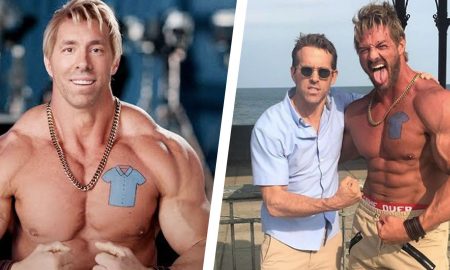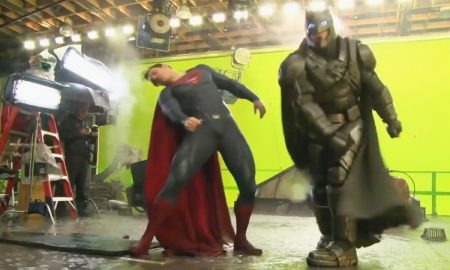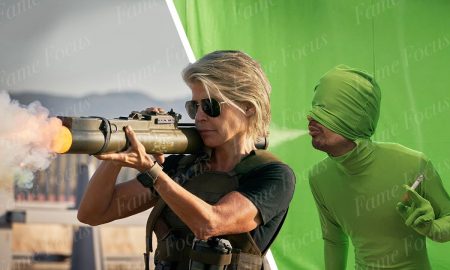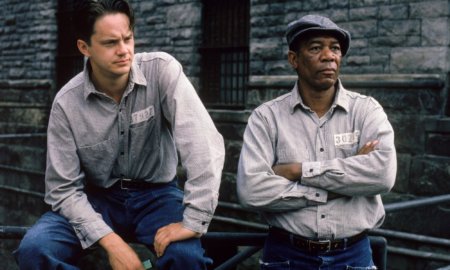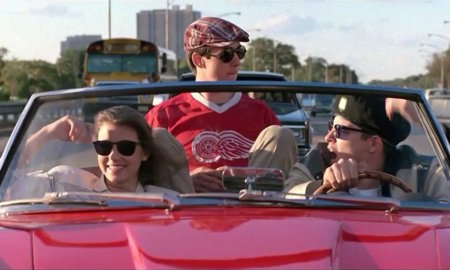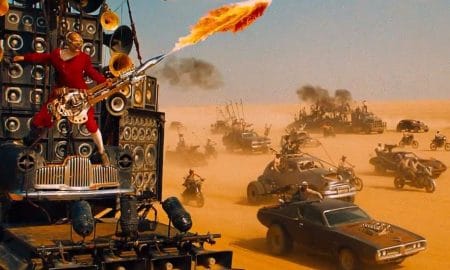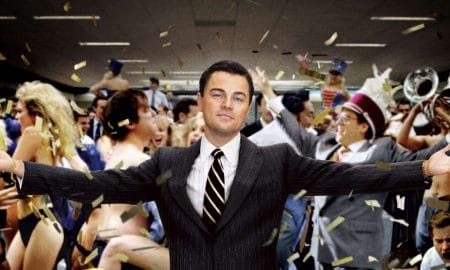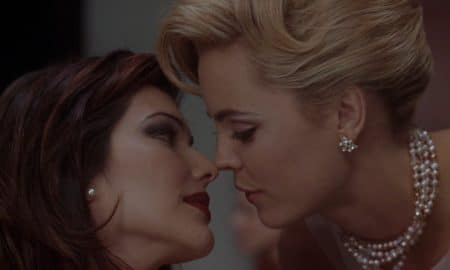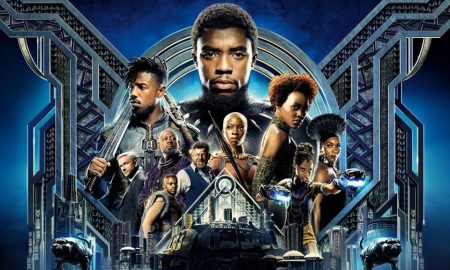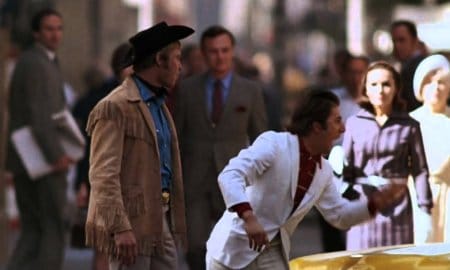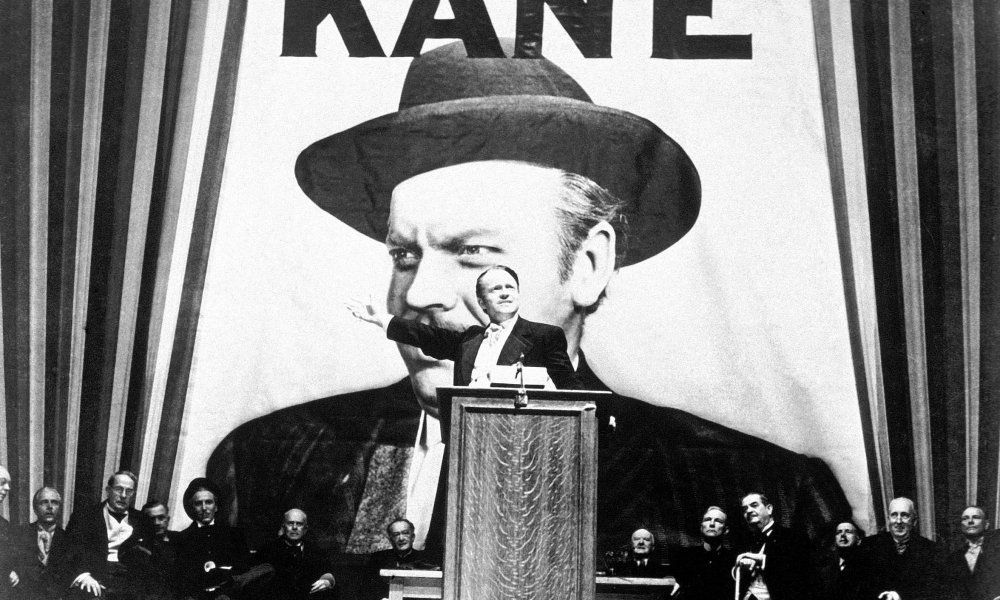

Rosebud is the name of… Okay, so we’re not going to reveal movie history’s most famous spoiler, but let’s take a few minutes to talk about the single greatest achievement in film, the undercover project that turned Orson Welles into Hollywood’s enduring maverick genius. It’s the story of a man whose aspiration took him from humble beginnings to the lofty heights of publishing success. And yet the only thing that eluded him was the family who cast him off at a tender age. It’s a sad tale that has stood the test of time with remarkable ease, thanks to a taut script, some incredible performances, and one of the most innovative approaches to filmmaking the world has ever seen.
1. Hollywood’s Reluctant Golden Boy
When he was learning the narrative ropes, Welles was an emerging talent in the American theater. By the late 1930s, he’d helped establish one of the most inventive theater companies in the world: the Mercury Theater. So in love was Welles with walking the boards that it took a now iconic agreement to get him to Hollywood (a deal Welles only took because he was in financial trouble).
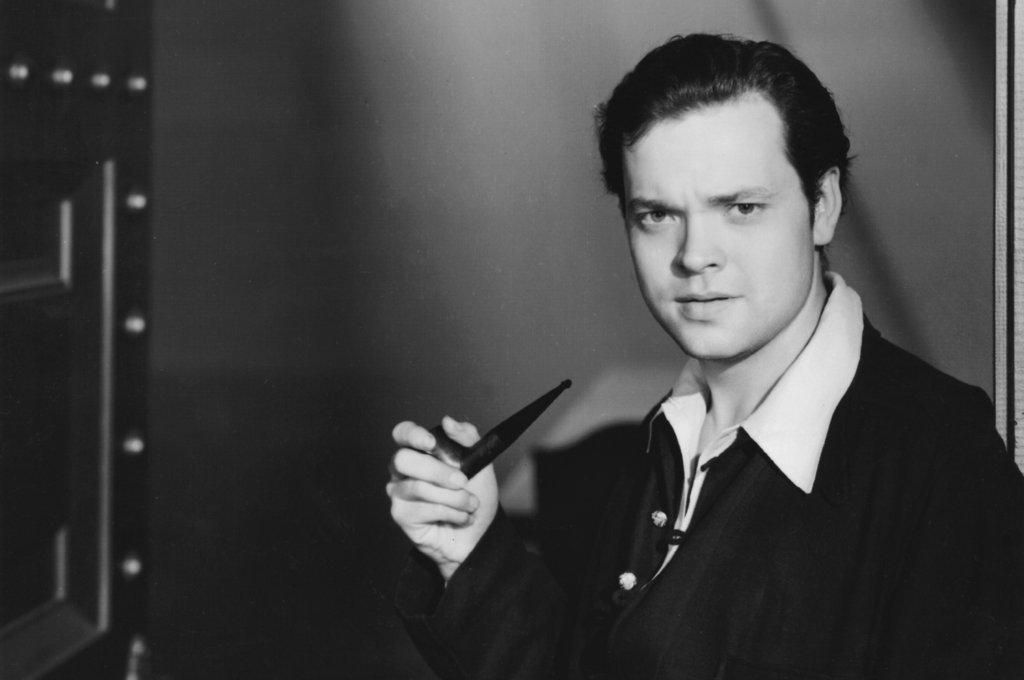
2. RKO’s Big Deal
The deal that brought Welles to Hollywood was completely unprecedented. Welles’ Mercury Theater stood to make more than two hundred grand over two films plus twenty percent of the potential profits. Even more shocking, the untested film director was given complete creative control over his projects (provided RKO agreed to the stories).
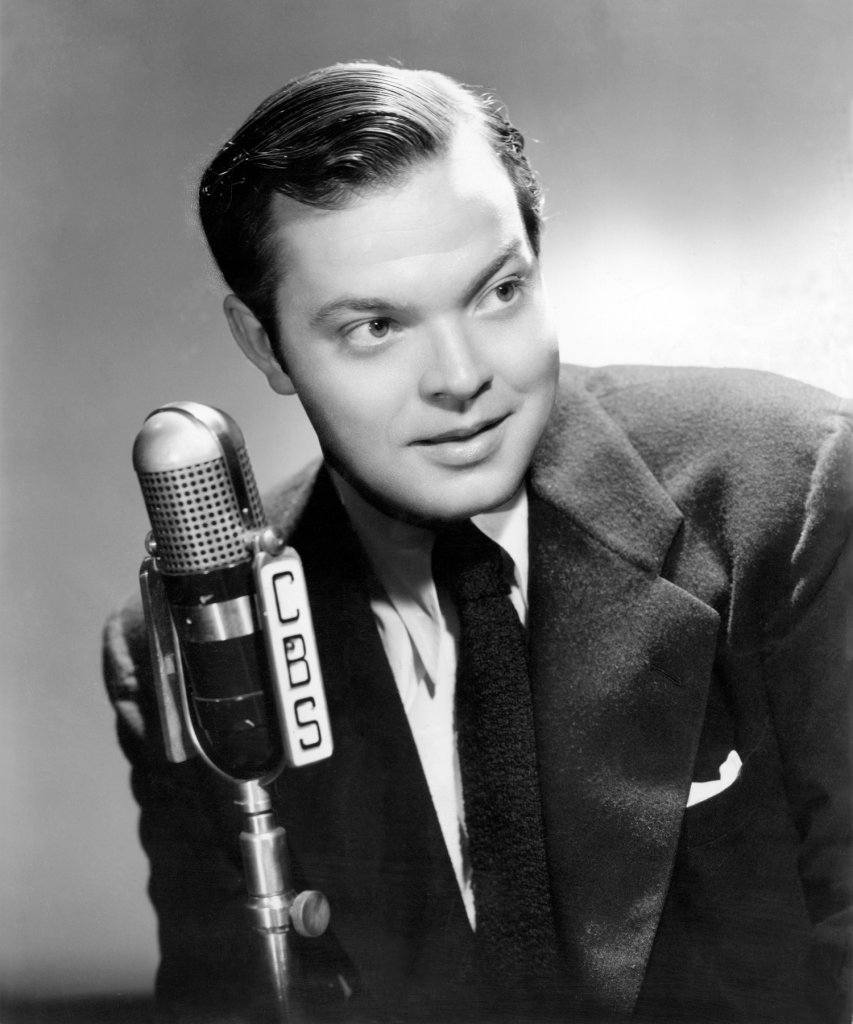
3. The First Failed Film
Originally, Welles was working on a revolutionary film adaptation of Joseph Conrad’s Heart of Darkness, the story of a man’s journey to find some guy in the middle of the African wilderness. Welles intended to shoot the entire story through a first-person perspective using a hand-held camera (which sounds like the coolest idea ever). Unfortunately, Welles couldn’t trim $50 grand from the budget and the project was scrapped.
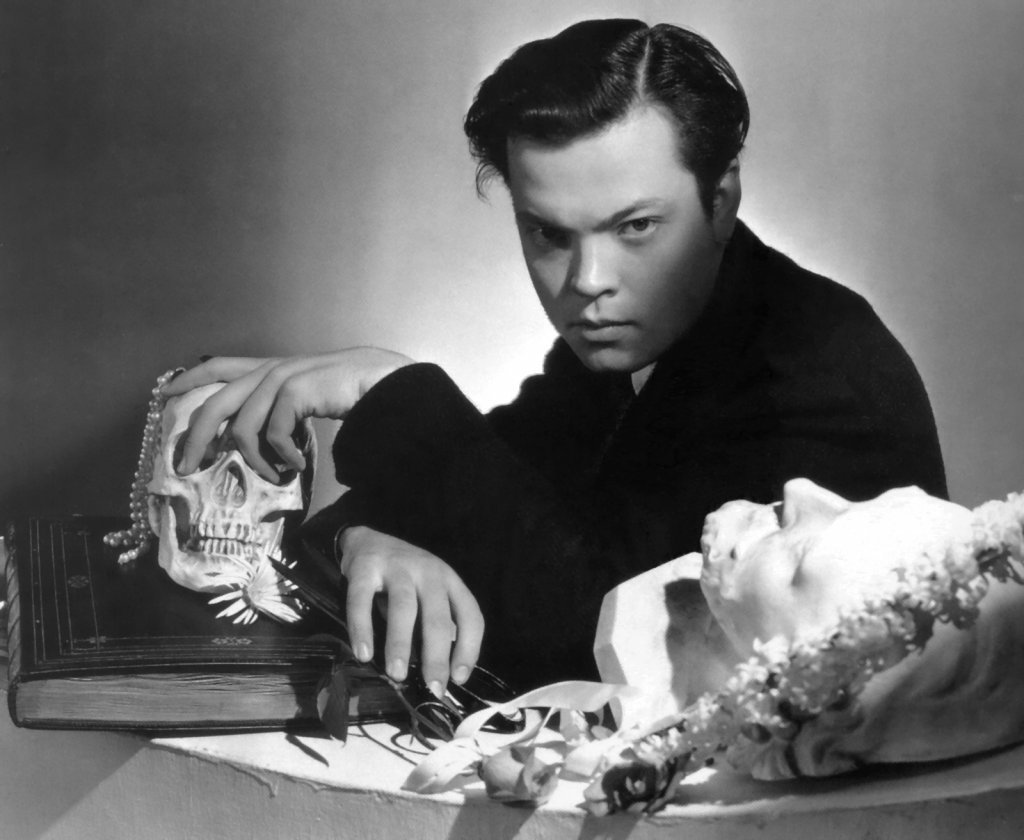
4. The Hearst Connection
You may know that Citizen Kane is based on the life of infamous news magnate William Randolph Hearst (a man who once tried to instigate a war to sell papers). What you might not know is that the film’s co-writer, Herman J. Mankiewicz, actually had an axe to grind with the newsman. Mankiewicz was friends with Hearst until he was expelled from the magnate’s social circle for unknown reasons.
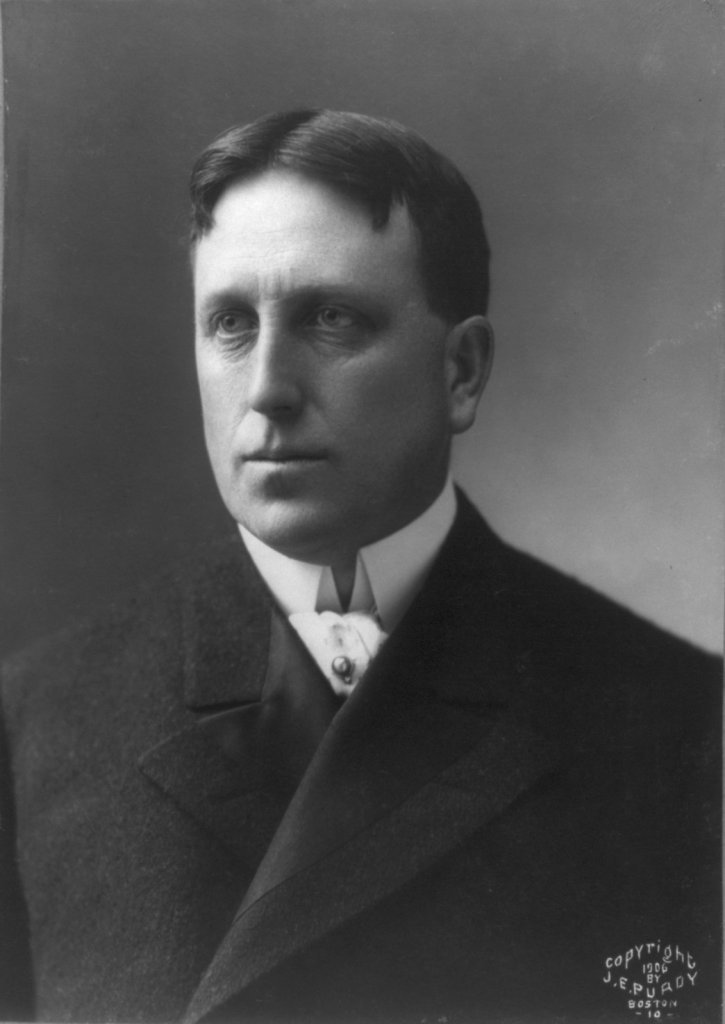
5. Who Wrote What?
There’s still some controversy brewing around the actual authorship of the script, which Welles took most of the credit for (as was his fashion). In truth, the script was written twice simultaneously. Welles worked on one version, while Mankiewicz worked on another. Eventually, Welles edited the two scripts into a cohesive film and called the work (essentially) his own.
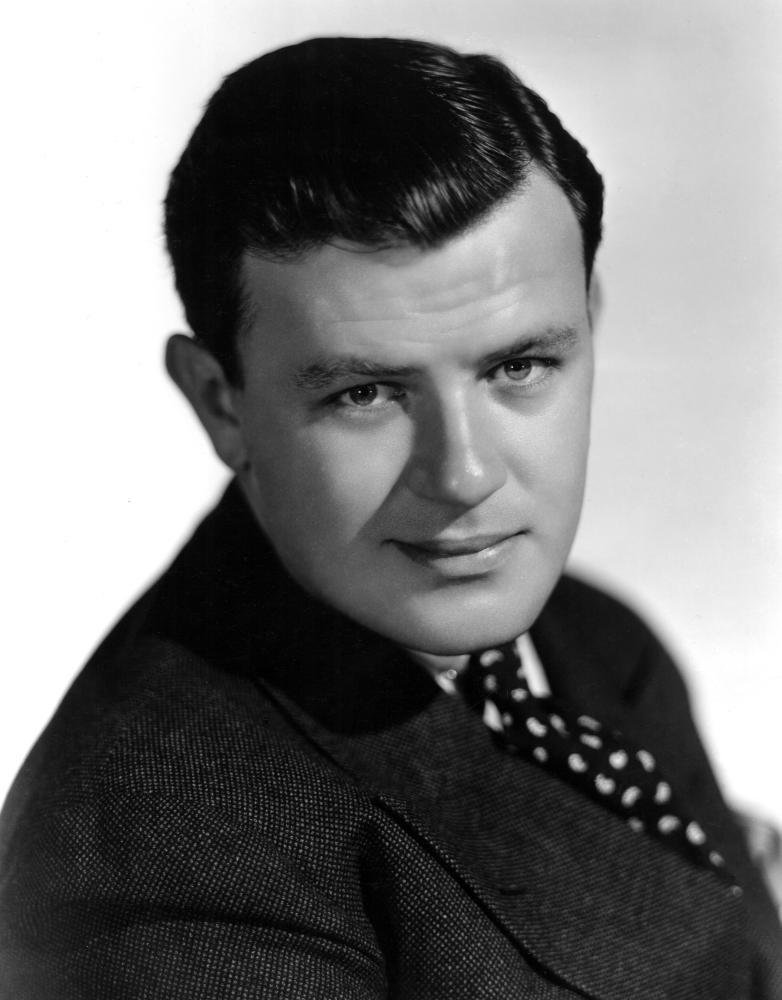
6. The Cast of Complete Newcomers
When it came time to put people in the film’s roles, Welles went to his theater roots and cast several of the actors from his Mercury Theater Company. Those people who would go on to become film stars — people like Joseph Cotten and Agnes Moorehead — made their feature film debut in Welles’ classic.
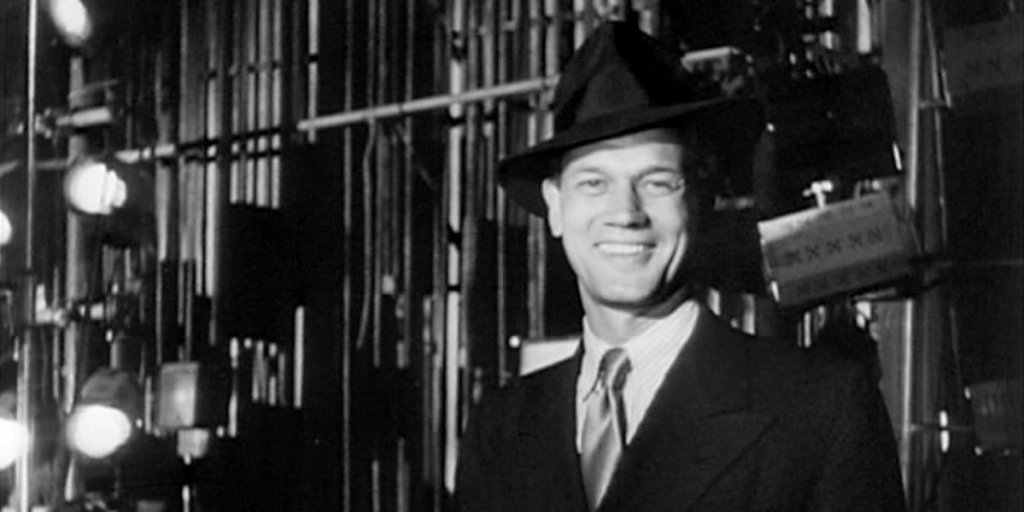
7. Practice, Practice, Practice
As he was prepping his players to get in front of the camera, Welles took another novel approach to filmmaking. He actually asked his actors to rehearse. No previous director had thought to spend so much time on the dramatic aspect of a film until Welles brought in his theater experience.
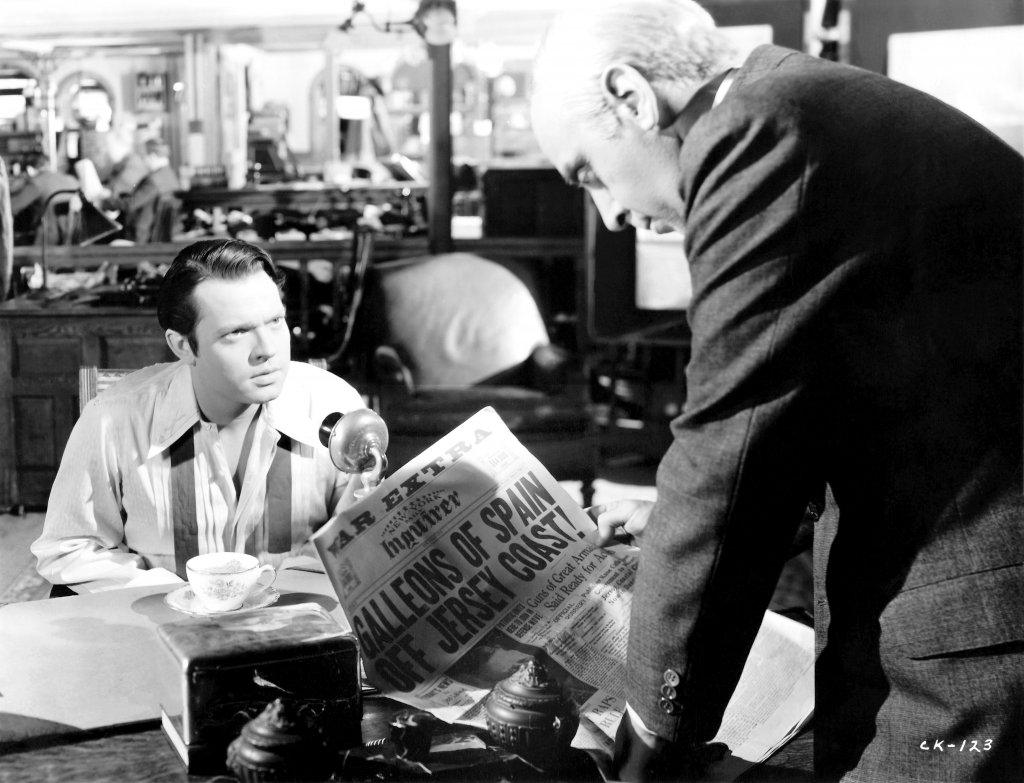
8. Welles Learned from the Greats
Before he allowed himself to touch a camera, Welles understood that he needed to learn the art and science of filmmaking. So, in addition to studying a basic book of film techniques, Welles also watched films from Frank Capra, Fritz Lang, and Jean Renoir. More than anyone else, though, Welles looked to John Ford for inspiration, watching Stagecoach more than 40 times.
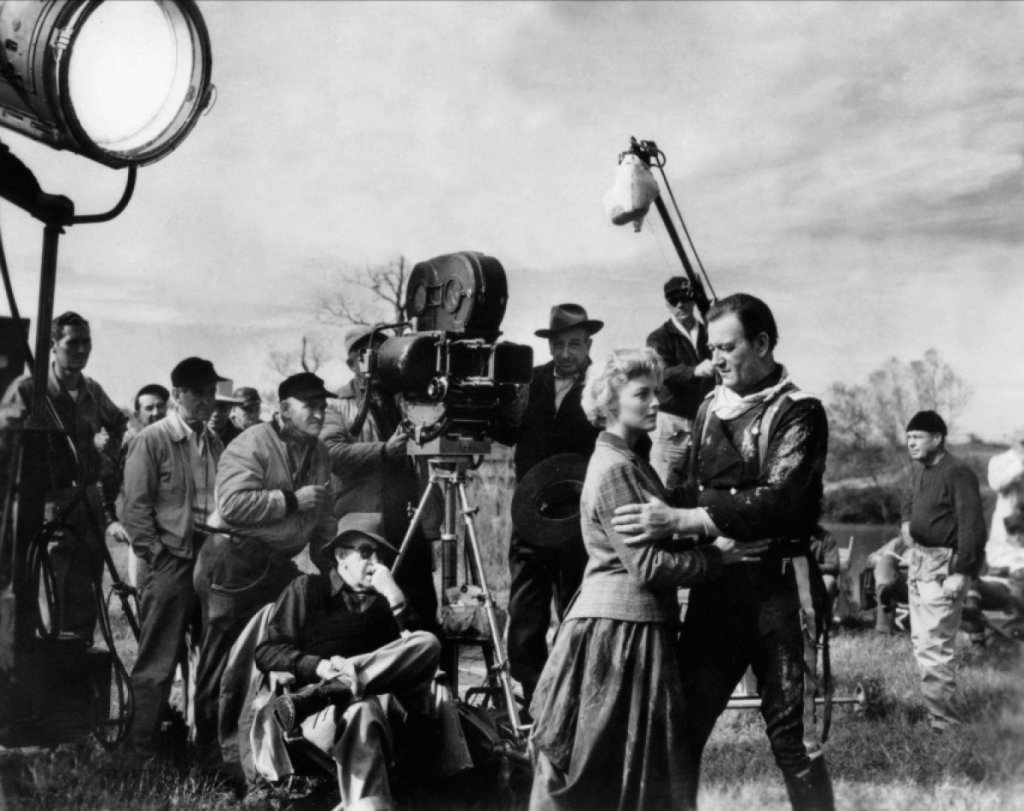
9. The Experimental Cinematographer
In 1941, if you wanted the world’s best director of photography to join your film, you went to Gregg Toland. As it happens, Toland actually sought out Welles, asking the first-time director if he could be a part of the project. Later, Toland explained that he wanted to work with a first-time director because he knew the auteur’s inexperience would let him experiment more than ever before. His use of extreme close-ups, unusual camera angles, long shots with forced perspective, non-linear storytelling and newsreel montages was pioneering in its day.
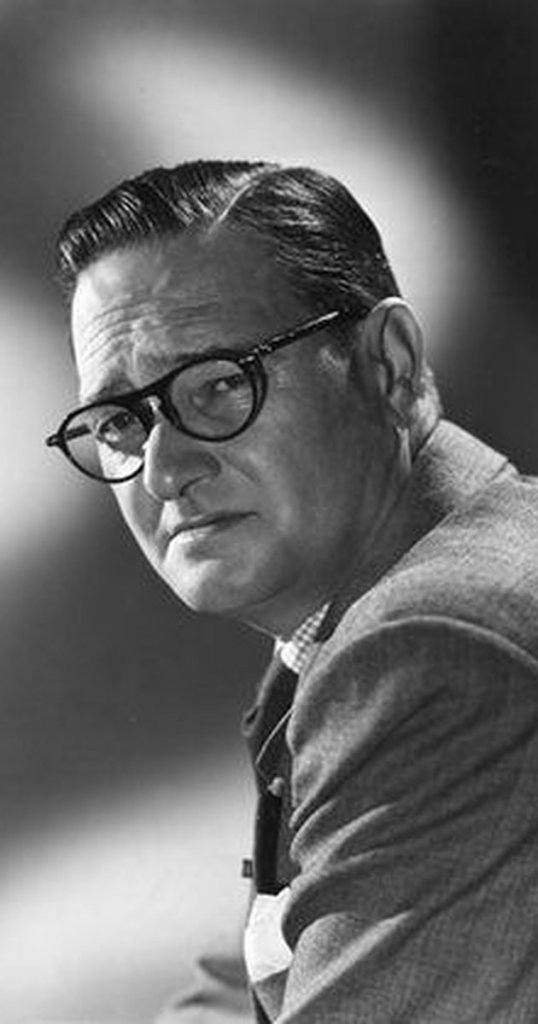
10. Shooting on the Sly
Thanks to the failure of his Heart of Darkness adaptation, Orson Welles had lost his faith in the creative power of RKO’s execs. As a result, he began shooting Citizen Kane undercover in the hopes that he’d be far enough along on the shoot that RKO wouldn’t be able to back out when they discovered what he was up to. Welles told the studio he was shooting camera tests.
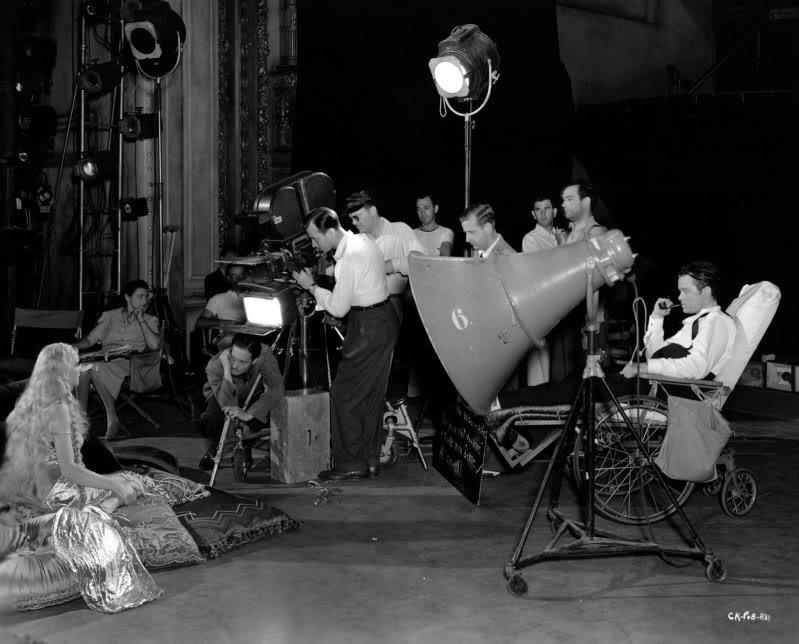
11. Xanadu … Oh, Wait, That Looks Familiar
Most of Citizen Kane’s filming was done on the RKO lot, in what is now Paramount Pictures famous Stage 19. However, Welles did take the shoot on location to film some of the more opulent moments of Kane’s life. Those shots of exotic animals roaming his private zoo and the slowly rolling hills of Kane’s verdant escape are actually taken from San Diego’s Balboa Park and the San Diego Zoo.
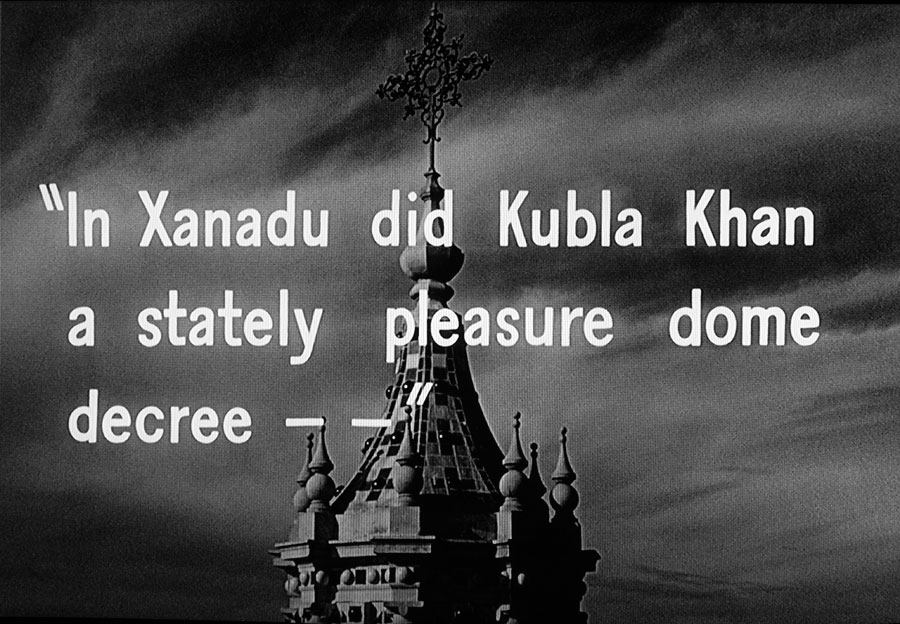
12. The Tireless Worker
Over the course of shooting Citizen Kane, Orson Welles would typically work a 16 to 18 hour day. He’d be up at 4 am to hit the makeup chair while simultaneously talking cinematography with Gregg Toland. He’d then spend the day shooting, prepping the next day’s shots, and then looking over the day’s work.
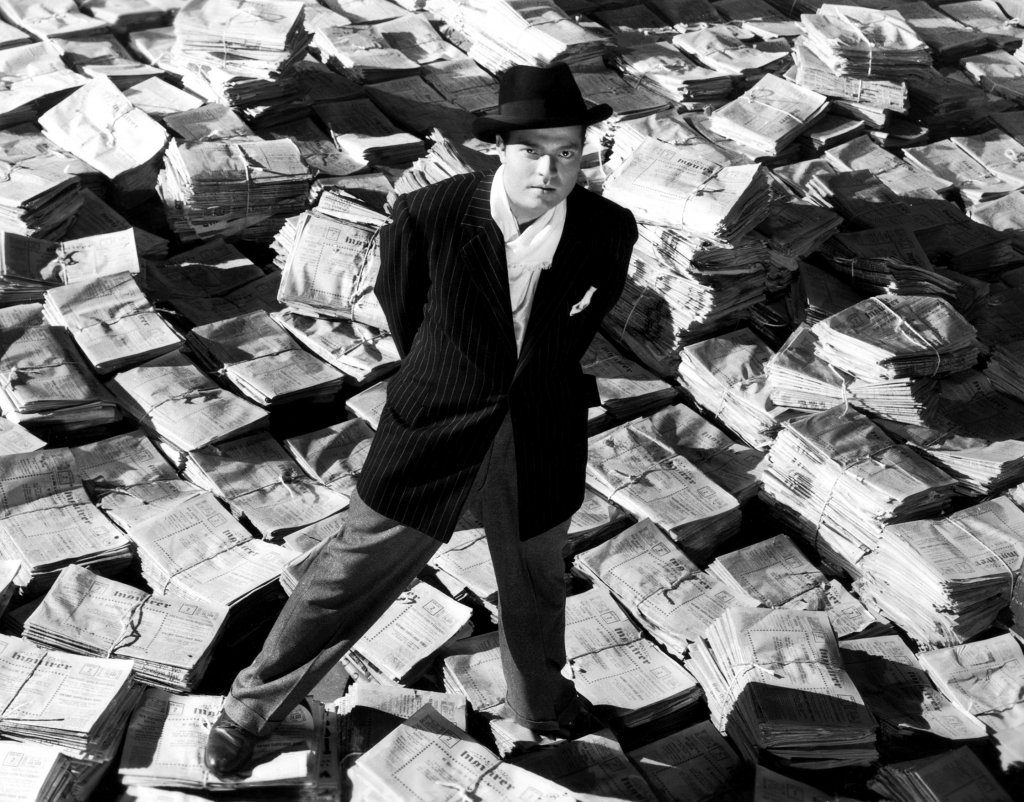
13. Putting Welles to the Hazard
Over the course of filming, Welles actually endured a couple of pretty rough injuries. His “old man” contacts — which were excruciating in and of themselves — obscured his vision to the point that on one occasion he cut open his wrist while smashing up furniture, and on another occasion, he fell ten feet and chipped some bone fragments off his foot.
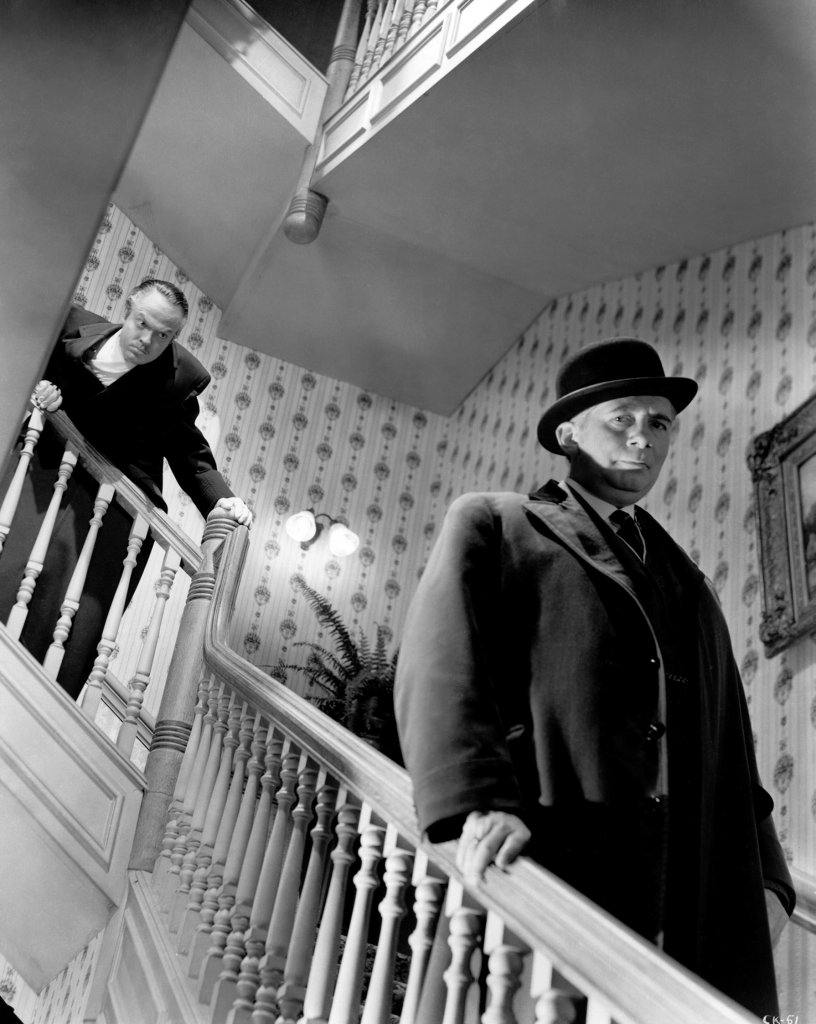
14. The Problem With Suits
The governing board of RKO wasn’t entirely on board with an untested director being given such a free hand. People like Nelson Rockefeller and David Sarnoff actually showed up on set unannounced to try and figure out what the enigmatic creative was up to. Welles had the cast play softball until they left.
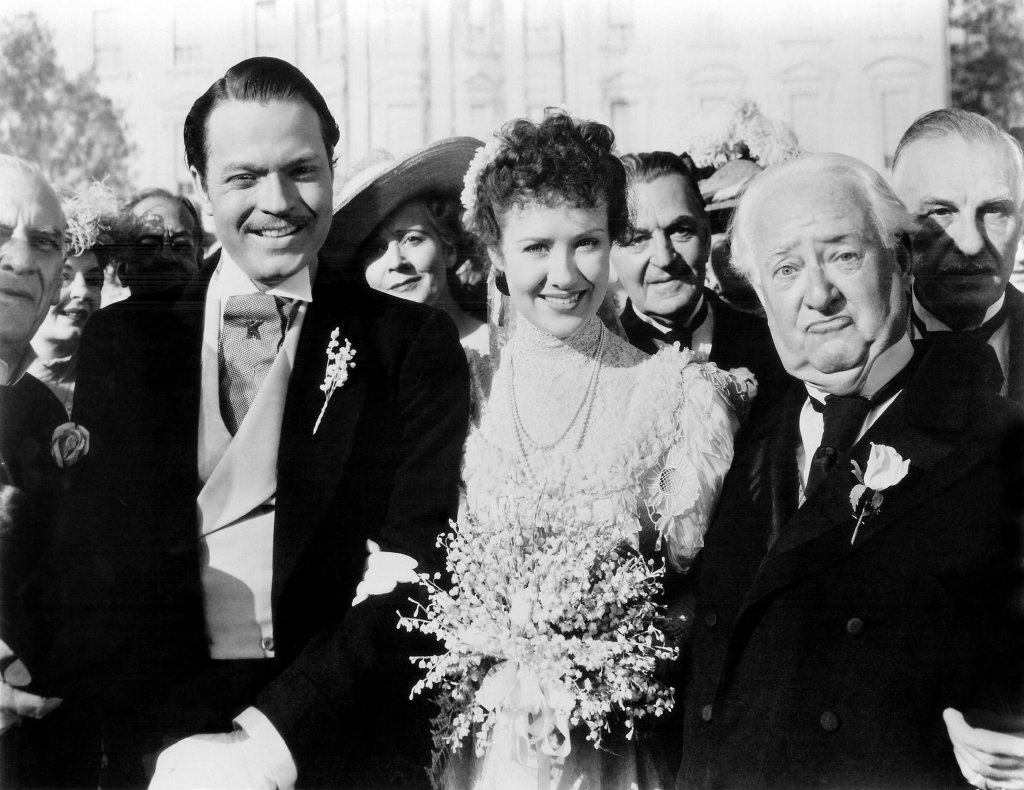
15. Editing a Masterpiece
Robert Wise and assistant editor Mark Robson edited the film largely without Welles’ supervision. Of course, the two men — who would both go on to become established directors in their own right — were given film that left little to the imagination. Welles and Toland had purposely shot the film to be easily edited, and since Welles wasn’t in the habit of doing a lot of takes, little could be done but patch the film together.
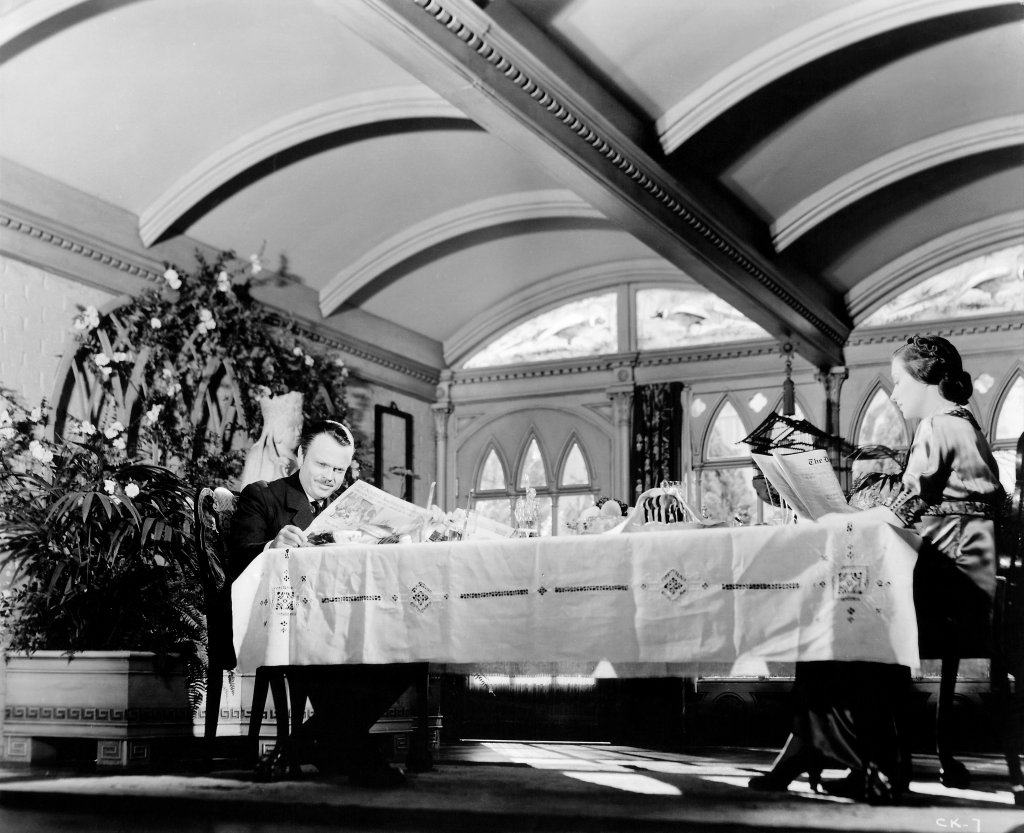
16. The Film Was a Bomb
Once Hearst found out that a film was being made based loosely on his life, he banned any mention of it within the realm of his expansive empire. He also set his reporters on Welles’ character, attempting to defame the director. As a result, Citizen Kane lost $160 grand in its initial run. It managed to get 9 Academy Award nominations, but only won one for best screenplay. It was a sour result for what would become one of the most celebrated film’s in history.
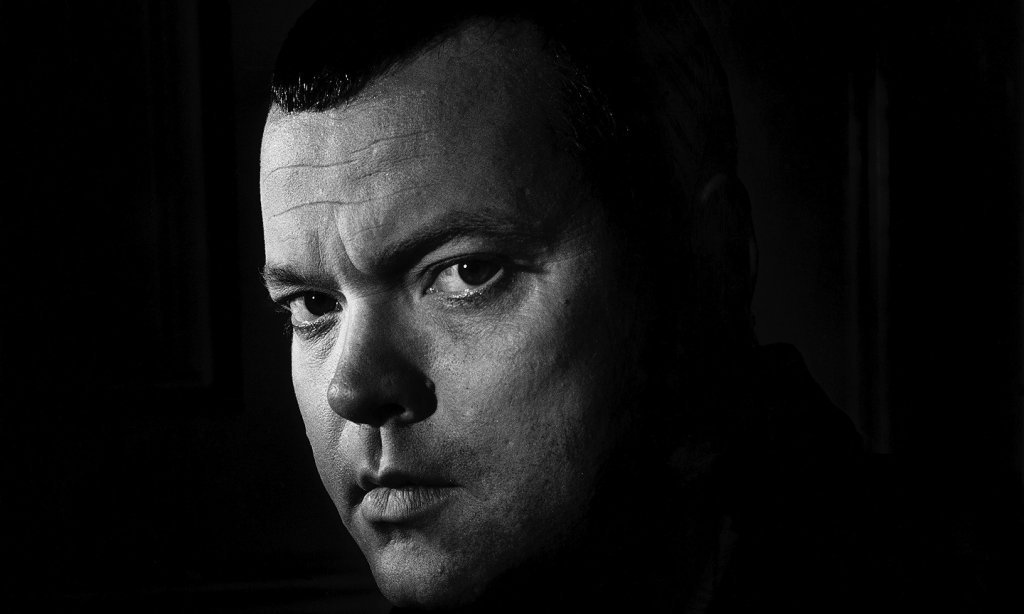
More in Movies
-
Amazing “Free Guy” VFX Breakdown
Whilst putting together our latest Breakdown of the VFX used in 20 Century Studio’s “Free Guy”, we interviewed Digital Domain’s VFX...
February 24, 2022 -
10 Reasons Why Practical Effects Are Better Than CGI
When Steven Spielberg recreated towering brachiosaurs using only computer wizardry for his 1993 classic Jurassic Park, computer-generated imagery (or CGI) skyrocketed...
July 13, 2018 -
12 Movies That Broke Impressive Worlds Records
Every year, more than 700 films are released in Hollywood. That number is steadily rising, which means that movies have to...
April 23, 2018 -
The 30 Sexiest Films of All Time
Love, sex, and passion are in the air whenever you watch one of the movies on our list. The displays of...
April 16, 2018 -
13 Surprising Facts About Marvel and Disney’s ‘Black Panther’
It only took a single Thursday evening in release to turn Disney’s newest superhero flick, Black Panther, into a bona fide...
March 9, 2018 -
12 Movie Bloopers That Accidentally Became Movie History
Unlike a lot of other art forms, filmmaking is a genuinely collaborative effort. There’s no such thing as complete control on...
February 2, 2018

